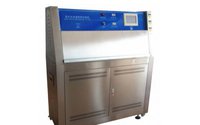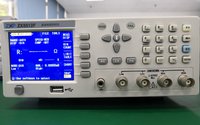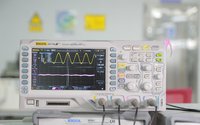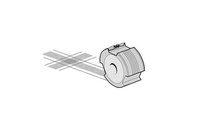Robot 6S store opens, commercial breakthrough drives development of domestic components
Date:2025-08-07 16:03:00 Views:1052
According to relevant reports, on July 28, 2025, the world's first robot 6S store opened in Longgang, Shenzhen. This event marks an important breakthrough in the commercialization process of the robot industry, and also means that the robot industry has entered a critical stage of competition in the global market. At the same time, it has driven the demand for numerous components, especially bringing new opportunities for domestic components.
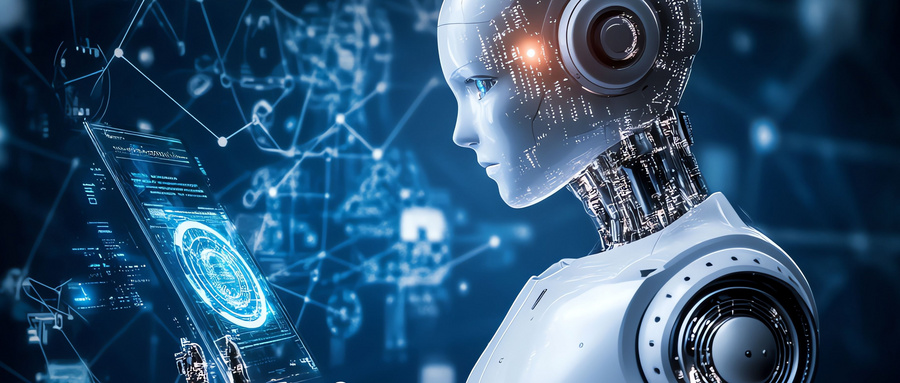
The Ice Breaking Journey of Robot Commercialization
Lowering the threshold for use and expanding application scenarios: Compared with the "sales, spare parts, service, and information feedback" of traditional car 4S stores, the robot 6S store creatively adds two core modules: "leasing" and "personalized customization". The supply and demand docking mode of robot applications can be expanded to fully meet diversified needs, reduce the threshold for enterprises and individuals to use robots, and accelerate their commercialization process.
Accelerate technology iteration and product upgrade: Through the scenario based display and application verification of 6S stores, robots can generate a large amount of data during work and demonstration processes. Enterprises can use this to carry out technology upgrades and product updates, accelerate technology iteration, improve the performance and reliability of robot products, and better meet market demand.
Promoting industrial standardization construction and large-scale application: 26 leading robot companies signed a collective contract at the opening ceremony, promising to deeply cooperate in technology research and development, scene sharing, market expansion, and other aspects to jointly promote the standardization construction and large-scale application of the robot industry. This kind of industrial collaboration helps regulate the robot market, improve product quality and consistency, reduce production costs, and lay the foundation for commercial promotion.
The critical stage of global competitive positioning
Technological competition is intensifying: With the continuous expansion of the global robot market, countries are increasing their investment in robot technology research and development, and competition is becoming increasingly fierce. The opening of the Shenzhen Robot 6S store showcases China's significant progress in the field of robotics, which helps to enhance the technological influence and competitiveness of China's robotics industry globally, and promotes domestic robotics enterprises to occupy a more advantageous position in the global market.
The advantages of industrial chain integration and collaboration are highlighted: 6S Store's "Robot Parts Supermarket" gathers globally leading core components such as servo motors, high-precision reducers, and intelligent sensors, while creating a "Robot Scene Application Verification Center" to provide enterprises with full process verification services from technical prototypes to scene implementation. The close integration and collaboration of the upstream and downstream of this industry chain can improve the efficiency and competitiveness of the entire industry chain, giving China's robotics industry a stronger industrial chain advantage in global competition and better responding to international competition challenges.
Driving demand for electronic components
Growth in demand for core components: As precision intelligent devices, robots have extremely high performance and quality requirements for core components such as servo motors, reducers, and sensors. The opening of the 6S robot store and the accelerated commercialization of the robot industry will directly drive the market demand for these core components. For example, the "Robot Parts Supermarket" in 6S stores gathers various core components to meet the maintenance and replacement needs of different robot products, which will encourage related component companies to expand production scale and increase market supply.
The demand for diversified components is emerging: in addition to core components, robots also require a large number of other components to support, such as chips, circuit boards, batteries, connectors, actuators, etc. With the continuous expansion of robot application scenarios and technological innovation, the types, performance, and functional requirements for these components will become more diverse, which will drive related component companies to increase research and development and production investment, and develop more new products and technologies that meet the needs of the robot industry.
Promoting the development of domestic components: Against the backdrop of intensified competition in the global robotics industry, supply chain security has become a crucial issue. In order to reduce dependence on imported components from abroad and improve the industry's independent and controllable capabilities, domestic robotics companies and relevant government departments will pay more attention to the research and application of domestically produced components. In recent years, the localization rate of core components and required components of robots has been increasing. The opening of the Shenzhen Robot 6S store has also provided a broad display and application platform for domestic components, which helps to promote deep cooperation between domestic component companies and robot companies, accelerate the promotion and application of domestic components in the field of robotics, and achieve higher efficiency in cost reduction and supply chain security.
In short, the opening of the Shenzhen Robot 6S store is a landmark event in the development of the robot industry. It not only provides strong support for the commercialization of robots, but also marks a new stage for China's robot industry in global competition. At the same time, it has driven the explosion of demand for numerous components, especially bringing unprecedented development opportunities to the domestic component industry.
In the future, with the continuous expansion of the robot market and the continuous innovation of technology, the robot industry will usher in broader development prospects, and its driving role in upstream and downstream industries such as components will also be further enhanced.




 Weixin Service
Weixin Service

 DouYin
DouYin
 KuaiShou
KuaiShou



